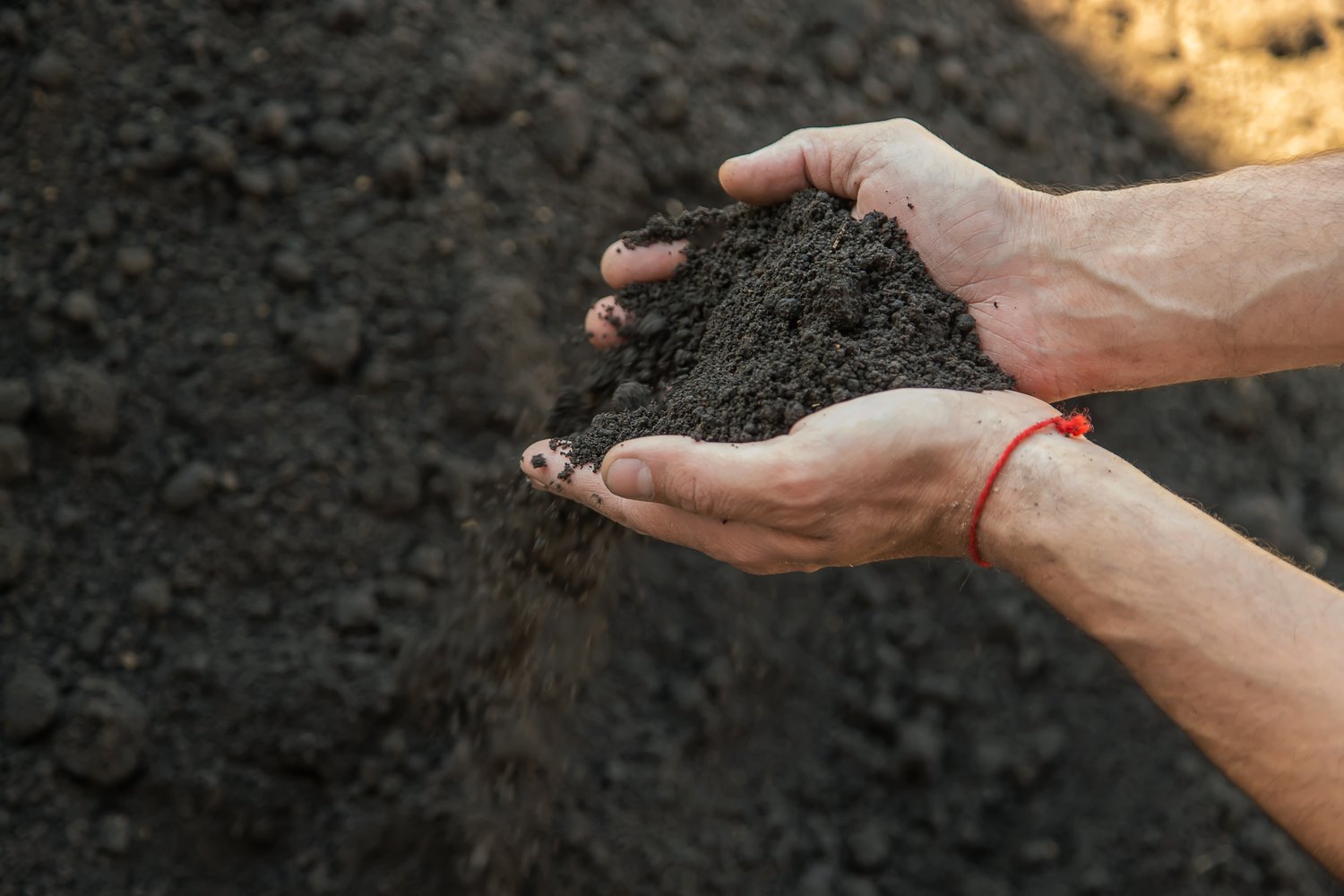Living on expansive clay soil can turn your dream home into a nightmare of structural issues if left unaddressed. These problematic soils undergo dramatic volume changes as moisture levels fluctuate, exerting tremendous pressure on foundations and causing significant damage over time. In this article, we’ll help you identify the telltale signs of foundation problems related to expansive clay soil and explore the most effective repair solutions available to homeowners. Understanding these issues early can save you thousands in extensive foundation repair costs down the road.
Understanding Expansive Clay Soil
Expansive clay soil, sometimes called “shrink-swell soil,” contains minerals that dramatically increase in volume when wet and contract when dry. This constant movement can exert pressure exceeding 15,000 pounds per square foot against your foundation. Clay-rich soils are particularly common in regions with distinct wet and dry seasons, creating a perpetual cycle of expansion and contraction. The soil’s composition includes minerals like montmorillonite that attract and hold water molecules between their layers, causing the characteristic swelling action.
The seasonal changes that affect soil moisture content create a continuous stress pattern on your home’s foundation. During rainy periods, the soil expands and pushes against foundation walls and footings. During drought, the soil shrinks away, potentially leaving parts of your foundation without proper support. This cyclical movement is what makes expansive clay soil one of the most challenging foundation problems homeowners face, accounting for billions in structural damage annually across the United States.
Signs of Foundation Damage from Expansive Clay
Identifying foundation issues early can prevent minor problems from becoming major structural concerns. The most obvious indicator of foundation trouble is cracking. Foundation cracks typically appear as diagonal fissures that are wider at one end, often starting at the corners of windows and doors where the structure is weakest. Interior wall cracks, especially those that run diagonally from the corners of doorways and windows, frequently signal foundation movement.
Doors and windows that stick or won’t close properly represent another common symptom. As your foundation shifts, the frames warp, causing these operational issues. You might notice gaps appearing between walls and ceilings or floors, or observe that previously level floors now slope noticeably. Exterior brick veneer may develop stair-step cracks along the mortar lines, while concrete slabs might show cracks that extend across their surface.
Moisture patterns around your foundation can also reveal problems. Unusual dampness in crawl spaces, water pooling near the foundation after rain, or excessive dryness and soil separation during drought periods can all indicate soil-related foundation stress. Many homeowners first notice these issues during seasonal transitions when the soil moisture changes most dramatically.
Professional Assessment and Diagnosis
When foundation problems appear, professional evaluation becomes essential. Structural engineers specializing in residential foundations can determine whether the issues stem from expansive clay soil or other factors. These professionals use specialized equipment to measure foundation elevation at multiple points, identifying patterns of movement that confirm soil-related problems.
A comprehensive soil analysis may be recommended to determine the exact composition and expansion potential of your soil. This involves taking core samples from various locations around your property and testing them for clay content, moisture absorption rates, and swelling potential. According to data from AskHomey, homeowners who invest in proper diagnosis before attempting repairs typically save 30-40% on their total foundation remediation costs by ensuring the correct solution is implemented the first time.
Effective Repair Solutions
Several proven approaches exist for addressing foundation damage caused by expansive clay soil. Drainage correction often serves as the first line of defense, involving the installation of proper gutters, downspout extensions, and grading adjustments to direct water away from the foundation. French drains or exterior waterproofing systems may be necessary for more severe cases to maintain consistent soil moisture levels around the perimeter of your home.
Soil stabilization treatments represent another effective approach. These chemical treatments alter the soil’s properties to reduce its expansion potential. Injections of lime, potassium, or specialized polymers can significantly decrease the clay’s ability to absorb water, creating a more stable base for your foundation. While not permanent solutions, these treatments can provide 5-10 years of improved stability.
For homes with extensive damage, underpinning may be necessary. This process involves extending the foundation deeper to rest on more stable soil layers below the expansive clay. Methods include installing concrete piers, helical piers, or pressed concrete pilings that transfer the home’s weight to deeper, more stable soil strata. While more costly than other options, underpinning provides a long-term solution by essentially bypassing the problematic soil entirely.
Preventative Measures for Homeowners
Maintaining consistent soil moisture around your foundation represents the most effective preventative strategy. Installing a soaker hose system set 18-24 inches from your foundation can help maintain optimal moisture during dry periods. Root barriers may be necessary if large trees are located near your home, as they can extract significant moisture from the soil, exacerbating shrinkage issues.
Creating and maintaining proper drainage systems cannot be overstated. Ensure gutters remain clean and functional, with downspouts extending at least five feet from your foundation. The ground should slope away from your home at a grade of at least one inch per foot for the first ten feet. Consider installing an automatic irrigation system with moisture sensors to maintain consistent soil conditions year-round.
Regular inspections allow you to catch minor issues before they develop into major foundation problems. Walk the perimeter of your home seasonally, looking for new cracks or changes in existing ones. Monitor doors and windows for proper operation, and check interior walls at the corners of openings where stress typically appears first.
For more tips and to connect with reliable home service professionals, follow AskHomey on Facebook and Instagram.



